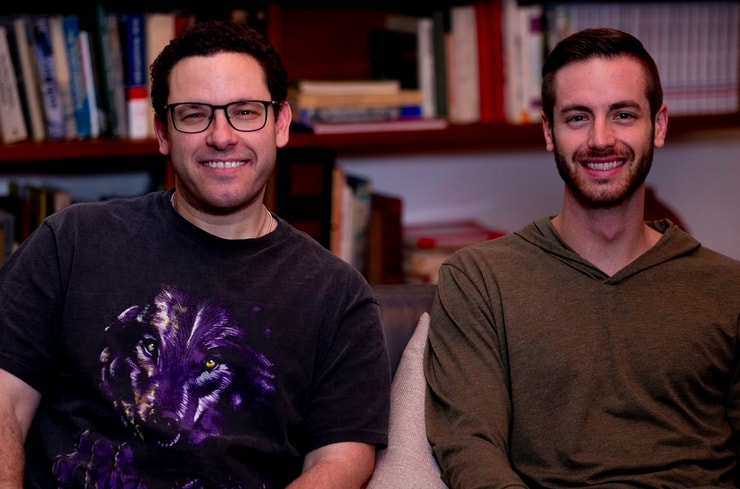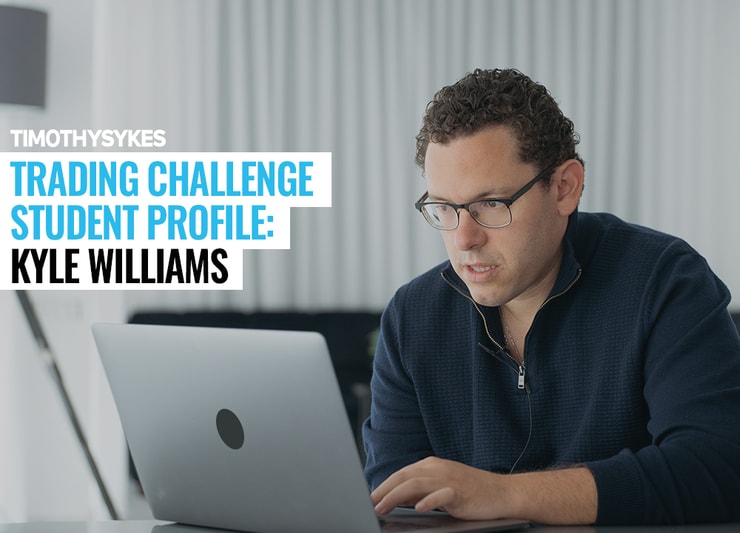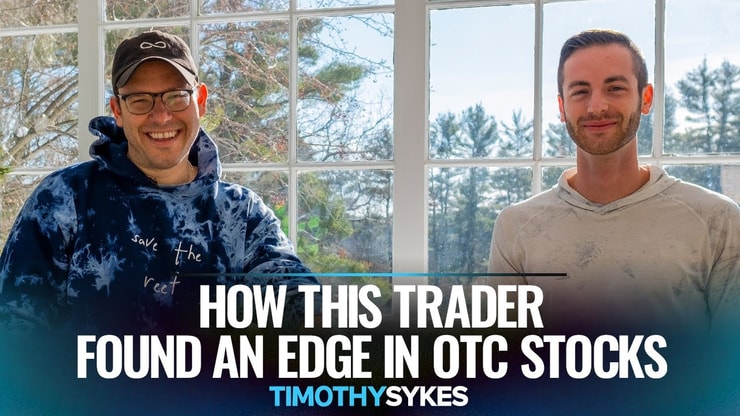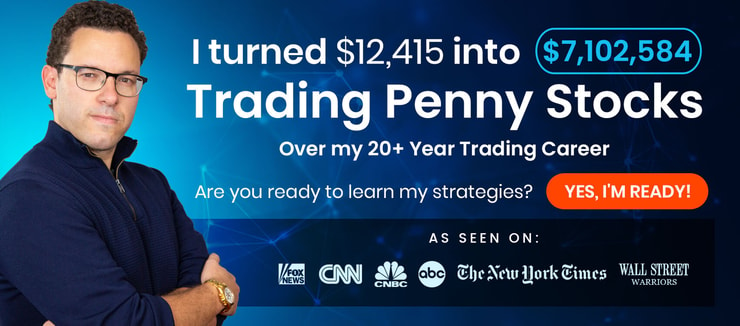As a trader, it’s important you know how to be self-sufficient. But that doesn’t mean you can’t turn to others for motivation and great ideas…
Meet Trading Challenge student Kyle Williams. Here’s his inspiring story: He’s learning to trade while maintaining full-time responsibilities.
Still in his final stretch of college, Kyle reports nailing some impressive milestones since he started trading in 2016 — all while maintaining a full course load.
Let’s take a closer look at his story and upward trajectory…
Kyle’s Trading Story
A few years ago, Kyle enrolled in San Diego State University as an engineering student. But then a little movie called “The Big Short” changed everything for him. This movie opened his eyes to the stock market — with life-changing results.
Within a relatively short period of time, he changed his major to finance and opened his first trading account.
He joined the Trading Challenge in the summer of 2016 … but got off to a rocky start. Like many traders before him, he really didn’t devote himself to actually learning the market before jumping in with his reported $6K starting account. And he got burned.
His first trade was totally blind — he didn’t even look at a stock chart. Surprise, surprise: He quickly lost about 20% of his account. That’s when he realized he’d have to get serious if he wanted to be in this for the long haul.
So, he got smart and went to work. He devoted himself to the many Trading Challenge lessons and webinars available to my students, kept track of his trades, and began to actually find some rhyme and reason to his successes.
Kyle Williams Finding Success

Kyle started to focus on the setups that worked for him — OTC dip buys/massive panics. His progress was slow but steady, and in his tenth month of trading, he had his first profitable month. Since the 12-month mark, he reports steady profits.
More Breaking News
- Could Recursion’s Clinical Trials Signal a New Dawn for Biotechnology Breakthroughs?
- Bold Moves by Intuitive Machines: Analyzing the Soaring Momentum
- Joby Aviation Takes Off: Is the Air Taxi Market Ready for Transformation?
He credits consistency and refining the setups that work as the not-so ‘secret’ behind his success. According to him, it’s not about a one-time ‘aha’ moment in trading — it’s about continuing to learn. Every trade, good or bad, leaves a nugget of a lesson. Are you ready to learn from them?
Wait for the Right Plays
One big lesson Kyle Williams learned in his relatively short time as a trader is that patience is key. There’s a temptation to always be active in the markets, but sometimes the best trade is no trade.
For Kyle, right now his plays are shorting good ol’ pump and dumps and overextended OTC runners.
It’s hard to wait for plays, right? Sure … but it’s important to wait for trades where you know you have an edge — you understand the setup, and the criteria align with your strategy.
Forget FOMO! When you see others trading and you’re just waiting for your perfect setup, it can make you want to trade just for the action. But learning this restraint is also a big part of how you can help keep your account in the green.
Remember: If you’re not losing, you’re likely doing better than many traders out there.
Want to know more about Kyle? Follow him on Twitter, and check out his Profit.ly page!
What are some of the most powerful lessons you’ve learned as a trader? Leave a comment and let me know!



Leave a reply